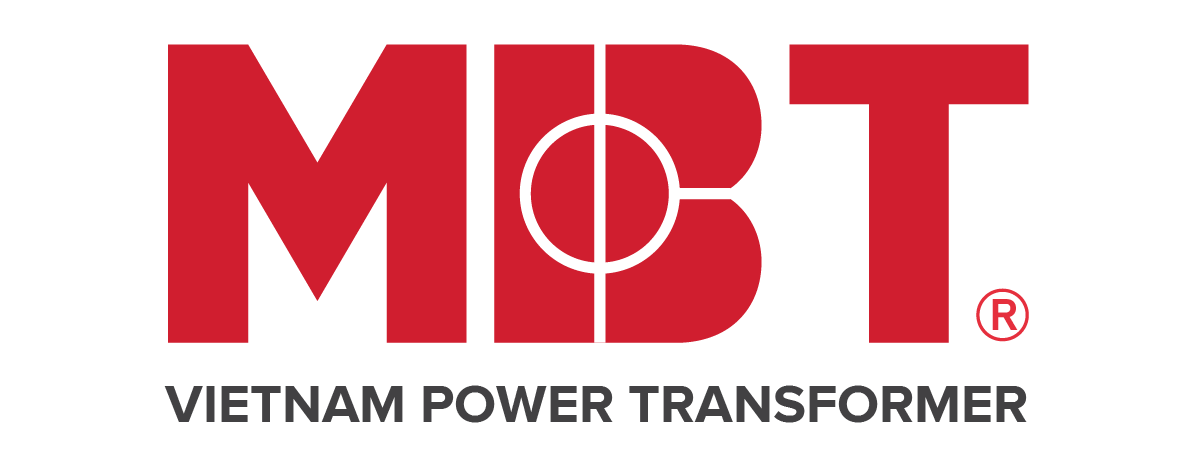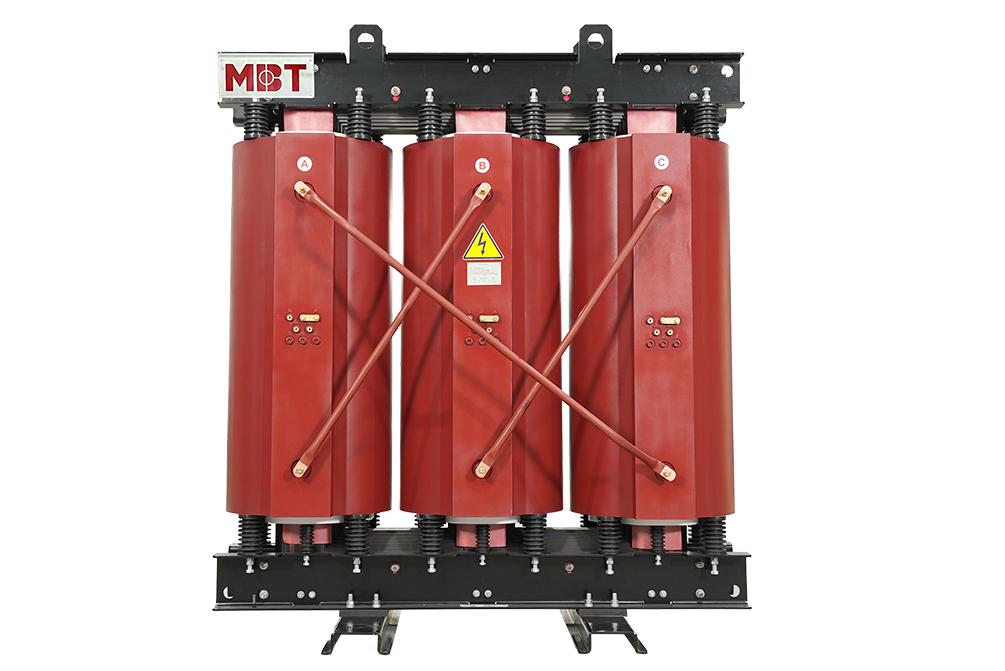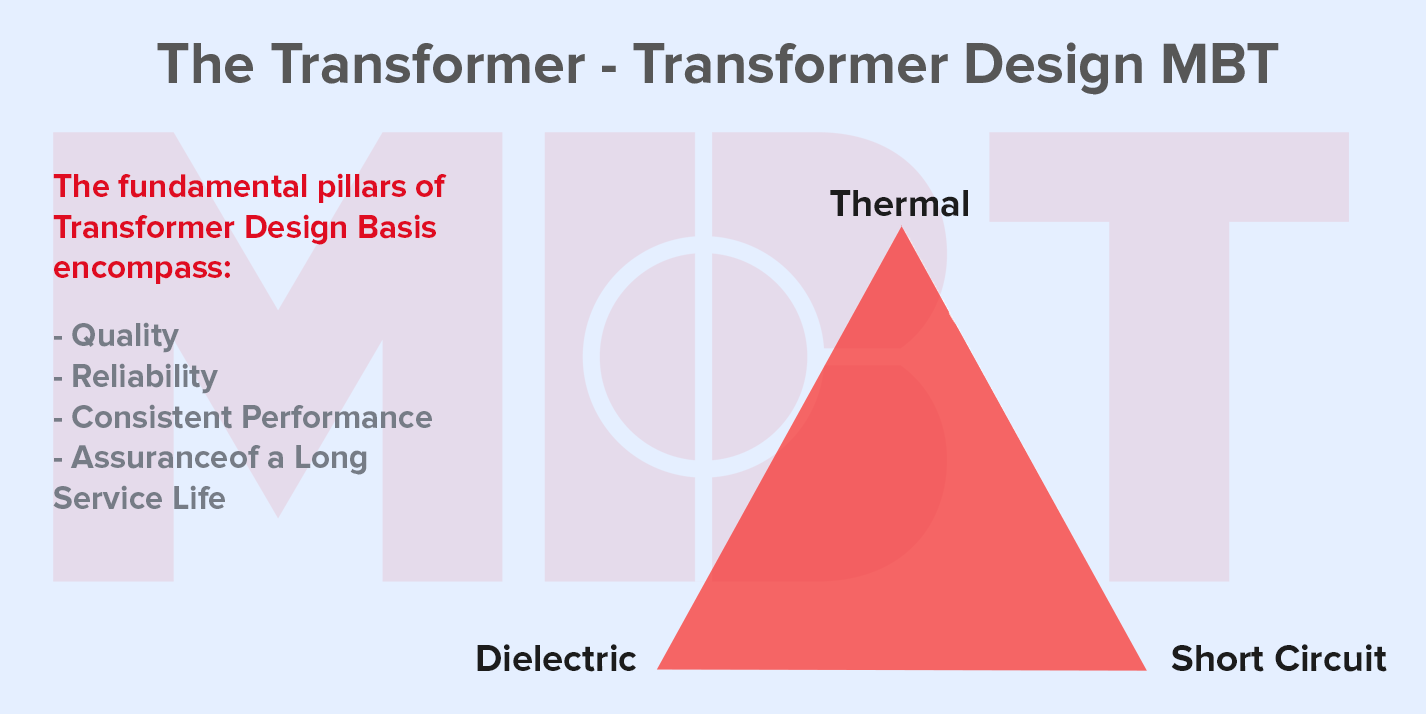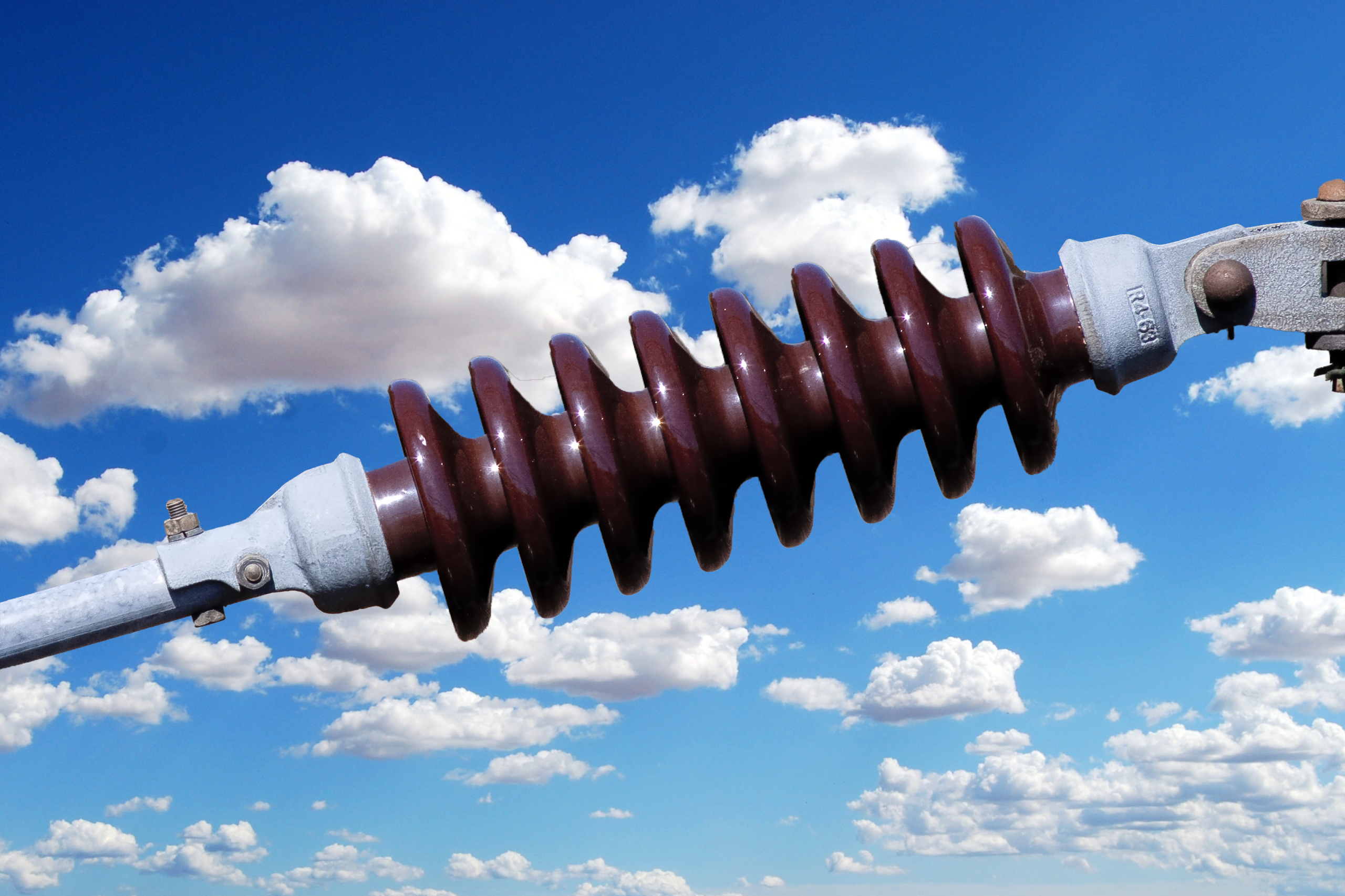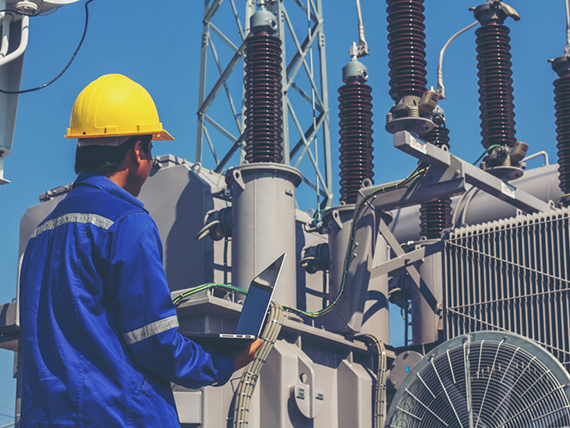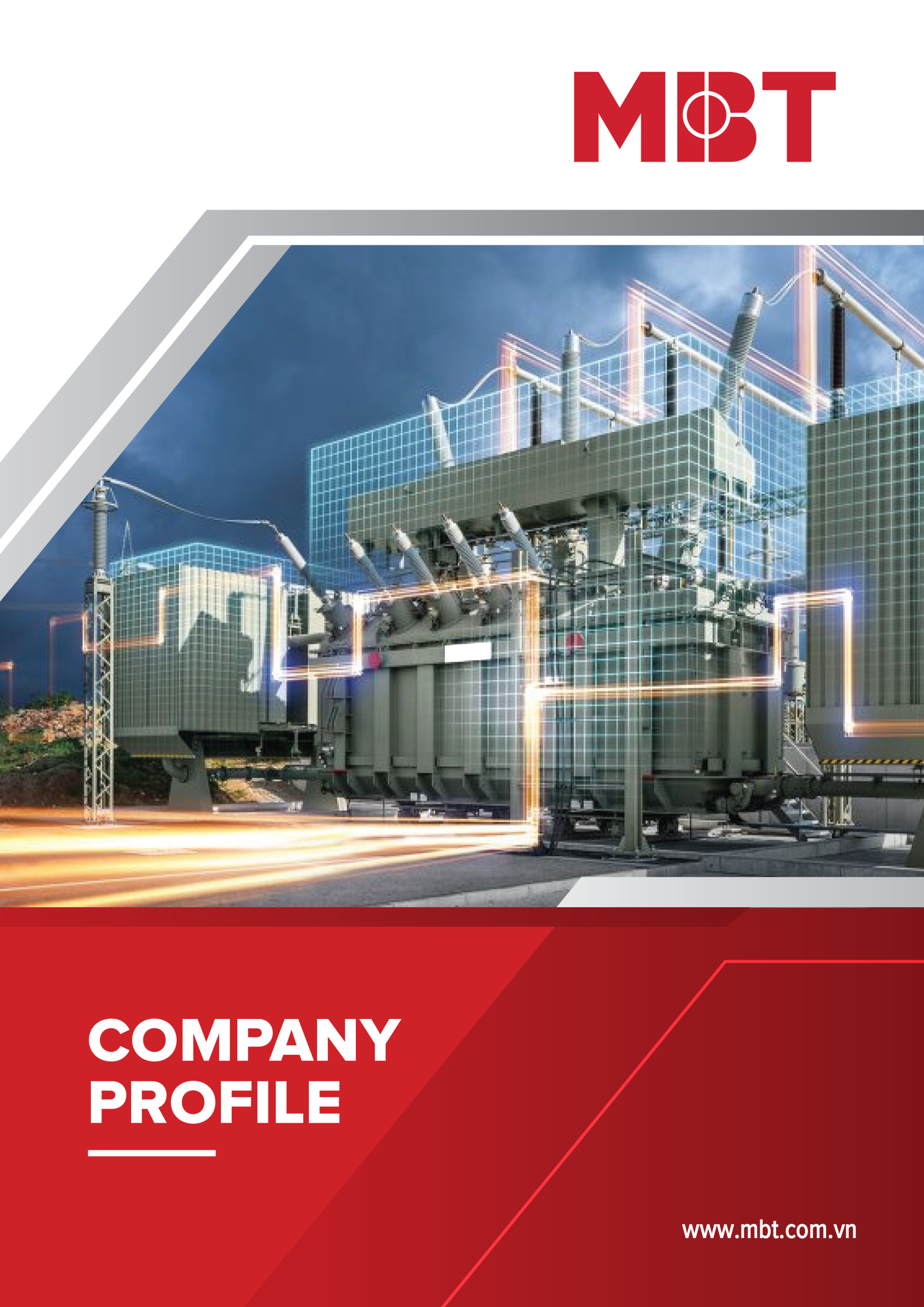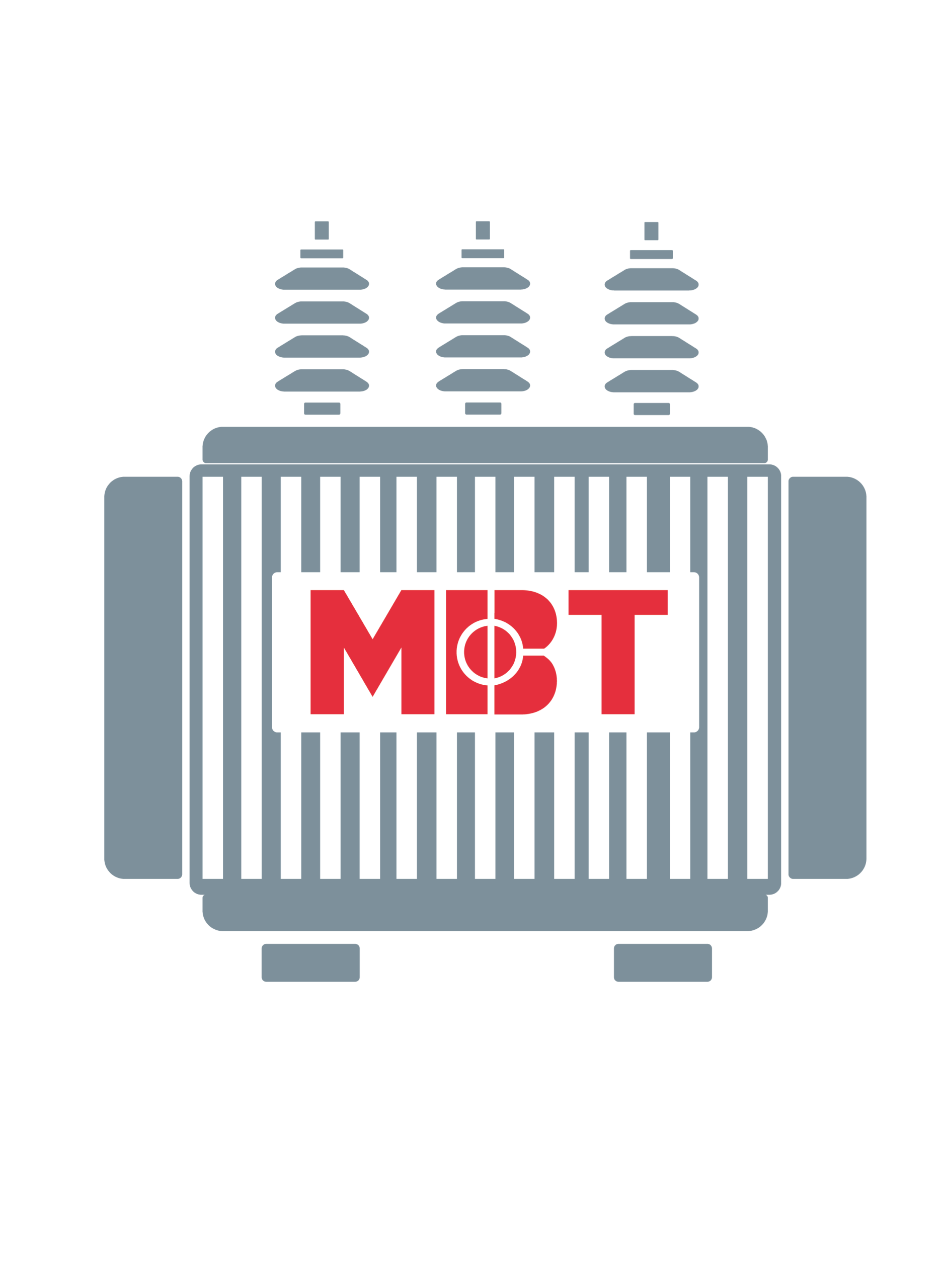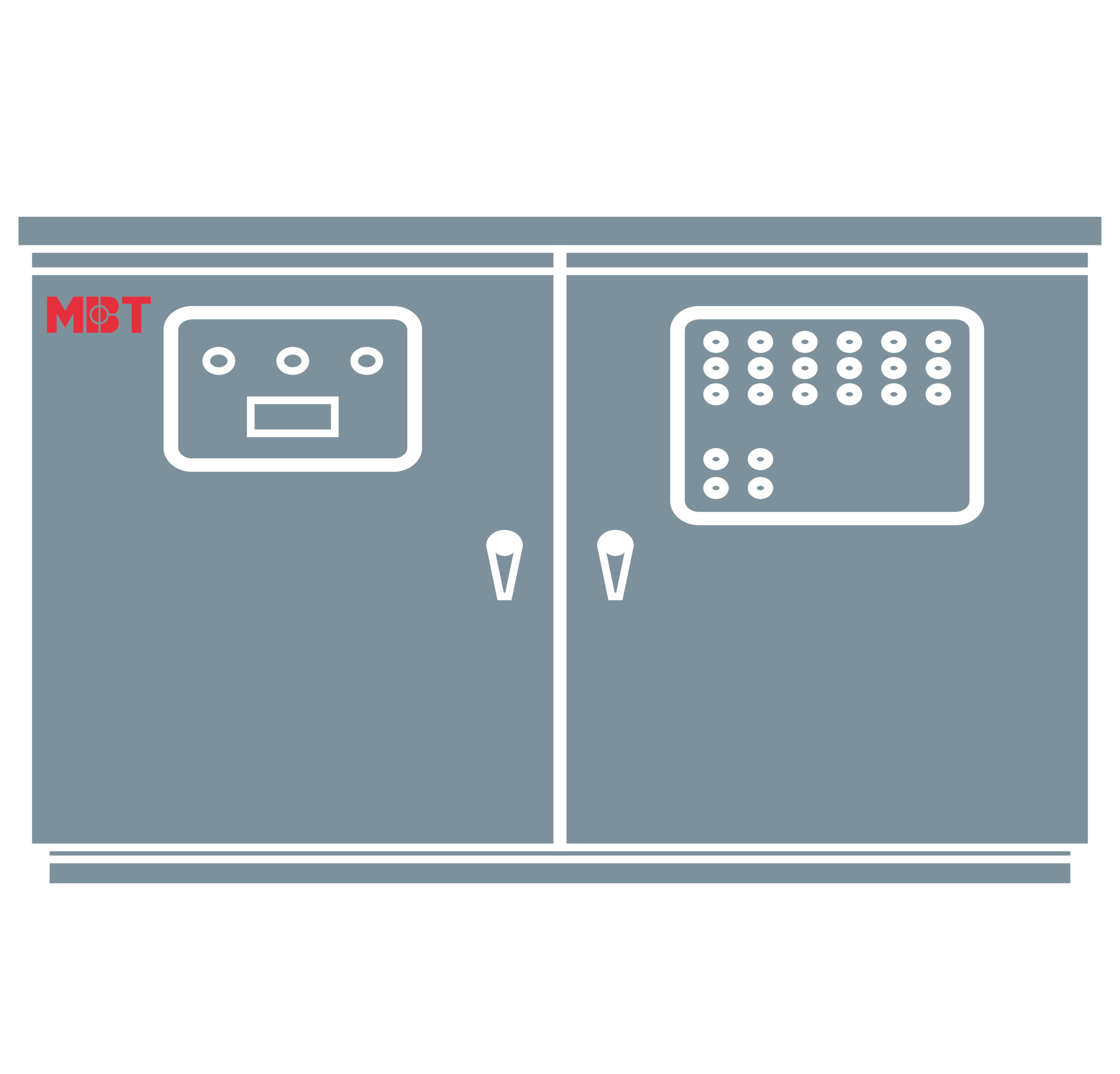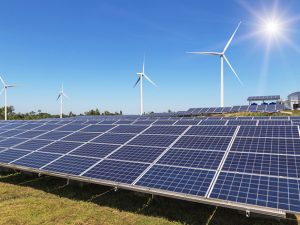
Solar Transformer | Solar Power Solutions
Solar Transformer – Transformer for Solar Power Solutions
Facing energy on the rise worldwide, the need for friendly and reliable natural energy sources is one of the most significant challenges of our time. Besides wind and water, sunlight – clean, CO2, and infinite air – is our most valuable resource. To make renewable energy the dominant energy source worldwide, we aim to make them as affordable as conventional energy sources. By combining innovations in renewable power generation with smart grid and high voltage transmission technology, we can save even more energy and costs.
Table of Contents
1. What is a Solar transformer?
2. Structure of the Solar transformer
3. Principle of operation of solar transformers
1. What is a Solar transformer?
Transformers are an essential component in the production and distribution of solar energy. There have been two main types of transformers as step-up transformer and step-down transformers from non-renewable energy sources.
For transformers used for solar projects, it is necessary to design with high durability, stable, and long-term operation. These transformers operate with low voltage input, which are solar inverters influenced by high-order harmonics, DC components generated during transport operation change the solar panels.
There are different solar transformers, including distribution, station, auxiliary station, pad mounting, and grounding. All solar transformers have special needs that affect the cost of the machine.
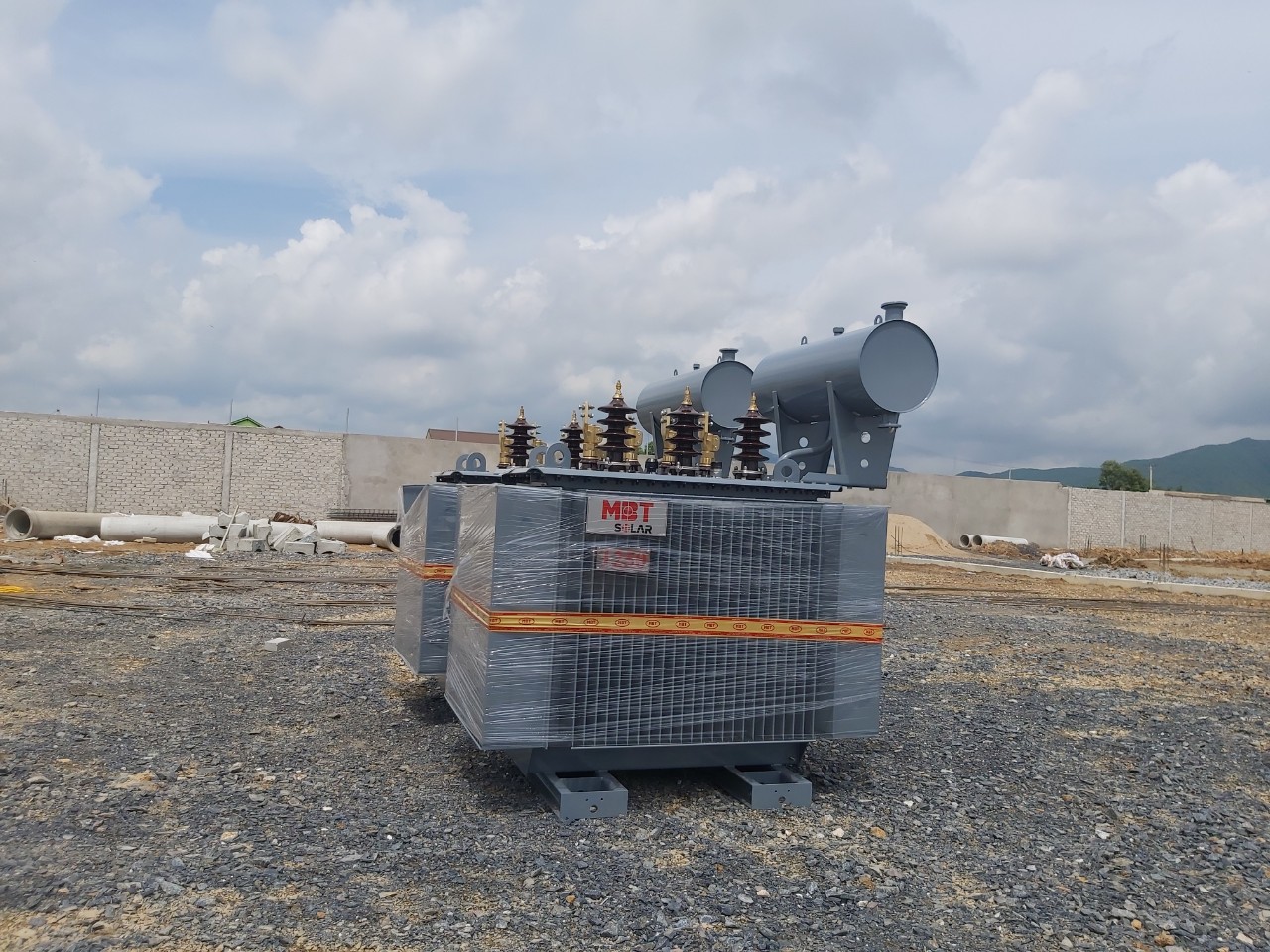
The solar transformers of MBT
2. Structure of the Solar transformer
The solar transformer structure is the same as an ordinary transformer's general structure, including machine enclosure, winding, and steel core.
The solar system also has particular design problems. Since the most massive solar inverter size is around 500 (kVA), the designers build a 1,000 kVA solar transformer by placing two windings connecting the inverter in one transformer's tank. The transformer must have separate windings to accept completely different inputs. Design issues also stem from the long-distance cable running to convert from DC to AC.
The inverter size restrictions also limit the size of the PV system. Increasing in size by adding more solar inverters to a transformer tank is extremely difficult. With the required box size and running cabling to convert DC to AC, things get complicated.
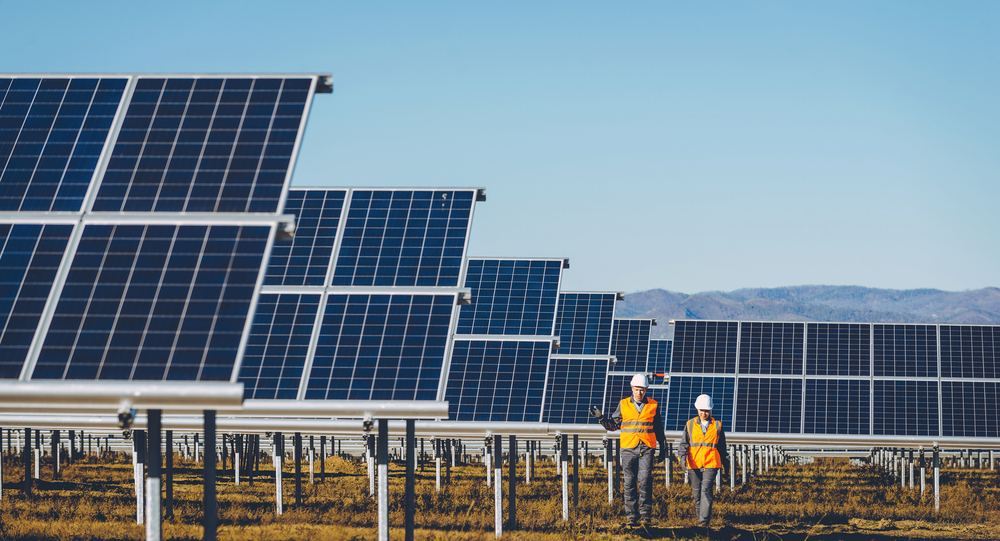
Solar power systems
The key to a solar transformer is to understand the variables in every system. The transformer needs to be customized to work with specific systems. Inverter technology is slow to be developed. It remains to be seen whether this comparative downside is a fatal flaw in advancing solar technology on a par with wind farms.
Related articles:
Structure and operation principle of a 3-phase transformer
3. Principle of operation of solar transformers
Electrical energy is created by converting photoelectric energy into one dimension using photovoltaic (PV) cells. The generated direct current is converted into alternating current by a frequency converter, and the alternating current is connected to the grid by a step-up transformer. The international standard for transformers for DPV generation is IEEE C57.159 2016 "IEEE Guidance on Transformers for Applications in Distributed Photovoltaic Generating Systems (DPV)."
Currently, there are restrictions on the power rating and voltage level of the inverter system. Therefore one or more inverters are connected with an equal number of secondaries of the step-up transformers. Although the most common configuration is 2 to 3 secondary windings, it is currently possible to manufacture transformers with six secondary windings. The inverter manufacturers are presently developing inverters with higher power and voltage ratings, and this will increase the future transformer MVA rating and reduce the number of secondary windings required.
4. Design characteristics
- Asymmetric load and voltage: The inverter voltage and the load current up to 3 phases of the transformer may be unbalanced. If the transformer is powered by more than one inverter, likely, one of the inverters is not working, creating an unbalanced load of the winding. Unbalanced voltages and currents can create excessive leakage currents that heat the winding inside the transformer.
- Windings: The low-voltage windings that are vertically stacked with an equal number of high-voltage windings are designed to reduce the effects of the imbalance. The impedance characteristics will be determined based on the inverter system and the number of inverters connected to the transformer.
- Presence of direct current in the winding: There is a possibility that a direct current can come to the inverter fed winding; this can increase the current from the core magnetization and the inrush current peak.
- The waveform of the inverter output: The waveform of 2 or more inverters connected to one transformer may not be synchronized, causing harmonic and waveform changes and flux disturbances.
- Transformer losses and efficiency: Solar transformers are designed with a relatively low no-load loss because the transformer gets electricity from the system at night. The efficiency at a specific load cycle is optimized for the overall operating economy. Suppose the electrical system is designed with an electrical storage facility such as a battery system. In that case, the transformer will operate under load continuously, and the efficiency level can be fixed on this basis.
- Inrush current considerations: The low-voltage winding of a solar transformer is usually near the core, and therefore, the air core resistance of this coil is low. The starting current when switching on low voltage is relatively high.
- Thermal design: Solar transformer cooling system is designed to consider the effect of the change of the ambient temperature at the location, the load curve, the influence of harmonics, the impact of reactive loads.
- Short circuit considerations: The winding configuration and the short-circuit position on a transformer influence the short-circuit magnitude and distribution. The effects of the transformer's various short-circuit conditions shall be considered for designs, including short-circuit on the transformer's high-voltage, short-circuit on any one or more of the transformer' low-voltage and short circuit between any two low-voltage of the transformer.
- Particular installation and commissioning practices: The inverters are connected to the transformer's star-connected low voltage winding. Therefore, the neutral is kept floating (the neutral is not grounded or grounded). It is a safe design practice to keep the neutral isolated inside the transformer. The transformer used has an electrostatic shield that is earthed only one point.
- Optimizing the design of the losses and working temperature of Solar transformers ensures the machine operates with a reasonable day and night load cycle, reducing the device's materials and costs while ensuring durability during working.
Generating electricity from photovoltaic systems does not create carbon emissions. However, the mineral oil used for solar transformers is not environmentally friendly. Options used today are biodegradable oil-filled transformers, cast resin transformers, and dry-type transformers.
5. We renew energy
MBT Electrical Equipment JSC offers a wide range of dry-type transformers and oil-immersed transformers for solar energy applications and components, replacement parts, and services. With the transformer manufacturing basis and strict quality control process, MBT can supply and manufacture top quality transformers in Vietnam and the world.
Whether you need transformers for AC or DC voltages, 50-60 Hz and IEC or IEEE standards, MBT technologies and innovations can increase solar reliability while reducing impact environment and reducing life cycle costs.
MBT solar transformers are designed for installation in all environmental conditions. Generation units are custom designed to meet all applicable standards, regulations, and customer specifications. Oil-immersed transformer and dry-type transformers are rated for their solar generating capacity and array voltage level, meeting all applicable standards and regulations in force and energy efficiency. Oil-filled transformers can be manufactured and tested with mineral oil or liquid ester (natural or synthetic).
With the business motto: "Quality nurtures Reliability," customers who come to MBT will always receive products with high quality, reasonable prices, fastest delivery time, and best warranty service.
Contact immediately +84913 006 538 or email: info@mbt.vn for free consultation support and receive the most preferential transformer quote.
